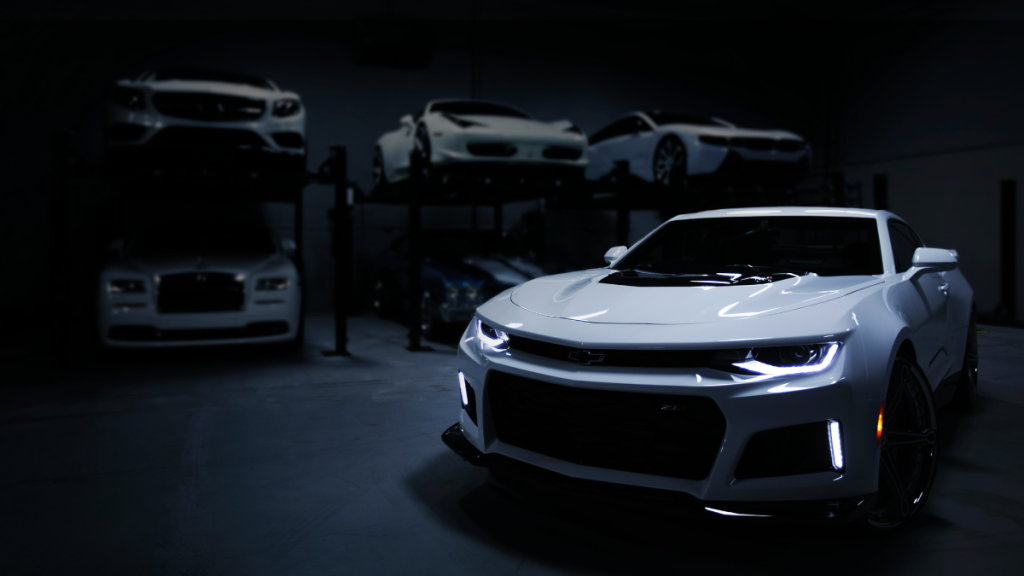A century ago a roof’s only job was to keep the rain out. Today it’s a performance part, a styling statement, a power source and—sometimes—a button-adjustable skylight. From variable-tint glass in luxury flagships to carbon-composite panels you can lift out by hand, roof technology has become one of the fastest-moving frontiers in vehicle design. Better visibility, lower weight, free solar energy and cabin climates that stay cool under desert sun—all now start overhead. The sections that follow explore the breakthroughs reshaping those few square metres of sheet-metal real estate and explain why they matter to drivers, engineers and the planet alike.
Panoramic glass roofs: open-air feeling without the wind
Full-length glass panels have migrated from concept cars to crossovers because they deliver instant “wow’’ in the showroom and genuine day-to-day benefits. A panoramic roof floods the cabin with natural light, making tight interiors feel larger and cutting claustrophobia on long trips. Laminated, UV-treated glass blocks almost all harmful rays, and modern double-pane designs keep heat and noise out nearly as well as steel. For passengers who simply want more sky, it’s the easiest upgrade money can buy.
Removable and modular composite panels: freedom in a few latches
Some innovations favor flexibility over electronics. Chevrolet’s latest C8 Stingray offers an OEM corvette roof—a transparent polycarbonate panel that detaches in seconds, stows in the rear and weighs far less than an old-school T-top. Owners enjoy true open-air driving without the structural compromises of a full convertible, while the clear panel maintains outward visibility on cold-weather drives. Similar carbon-fiber or glass-fiber inserts now appear in Jeeps, Broncos and sports coupes, proving that “mod‐top” freedom isn’t limited to exotics.
Variable-tint smart glass: shade on demand
Mercedes-Benz’s MAGIC SKY CONTROL shows how dynamic glazing pushes the idea further. The system sandwiches an electro-optic film between two panes; apply a small current and the roof switches from almost clear to nearly opaque in seconds, blocking over 99 percent of incoming light and cutting cabin temperatures by up to 10 °C. Drivers get convertible-like openness on a cool morning and instant shade at high noon, without sunshades or moving parts.
Solar roofs: turning sunlight into mileage
Roof real estate can now pay its own way. Hyundai claims the Sonata Hybrid’s optional 205-watt solar roof can add up to 800 miles of extra driving range per year, simultaneously topping off the 12-volt battery so accessories don’t drain it in airport parking lots. Even a modest two or three daily miles matter when multiplied across a fleet—and the technology scales. Research programs are grafting higher-efficiency perovskite cells onto curved glass, hinting at future EVs that trickle-charge wherever the sun shines.
Lightweight materials: carbon fiber meets crash testing
Replacing a stamped-steel roof with aluminum or carbon fiber might save only 10–15 kg, but that mass comes off the vehicle’s highest point, lowering the centre of gravity and sharpening handling. In performance cars it also allows engineers to redirect weight savings into lower, crash-critical structures or larger battery packs. Advances in resin-transfer molding have cut production cycles from hours to minutes, making composite roofs viable even in mid-volume models.
Comfort, safety and acoustics baked in
Modern roof modules integrate more than glass: embedded antennas improve 5G reception, acoustic interlayers hush wind noise, and hidden curtain-airbag rails enhance rollover protection despite larger openings. Variable-opacity glass like MAGIC SKY not only cools cabins but reduces AC load, improving range in EVs and economy in ICE vehicles. Solar arrays keep 12-volt batteries topped-up, preventing no-start situations after a week in long-term parking.
Sustainability and streamlined production
Glass roofs eliminate dozens of stamped parts, welds and sealants, cutting factory complexity. Composite skins arrive paint-ready, so manufacturers can skip energy-hungry paint booths or apply translucent tints directly in the lay-up. Solar panels add renewable miles; variable-tint roofs lower HVAC demand. Taken together, those gains help automakers edge closer to fleet CO₂ targets without touching the powertrain.
Conclusion
Whether it’s a transparent corvette roof you can store in the boot, a smart-glass panel that goes dark at the press of a button, or a solar array quietly adding free range, the humble roof has become a showcase for automotive ingenuity. These innovations make cabins brighter, rides sportier, summers cooler and daily commutes a touch greener. Most importantly, they give drivers choices—light or shade, coupe or open-top, plug-in charger or sunshine. In an industry racing to stand out, the path to a higher-quality driving experience is increasingly the one that runs right over our heads.

